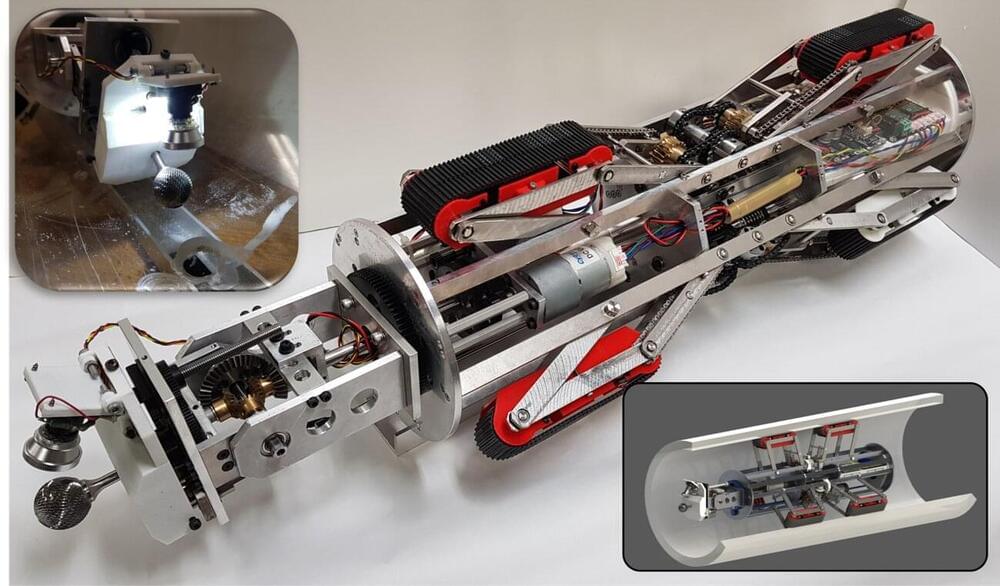Police departments all over the world are warming up to electric vehicles and their findings after using EVs on a daily basis are encouraging.
Earlier this year, the Westport Police Department in Connecticut shared some interesting conclusions after buying a Tesla Model 3 in December 2019. They found the EV to be not only cheaper to buy than the Ford Explorer SUV they typically use but also more affordable to modify, maintain, and run, leading to savings of about $6,000 a year.
Now, new data is coming in from the UK, where several Tesla Model 3s custom built by Tesla UK as patrol cars have completed nine months of initial trials with the police. Max Toozs-Hobson, account manager and emergency services lead at Tesla, shared the findings on LinkedIn and said the Model 3 police cars have been “getting some great results.”








